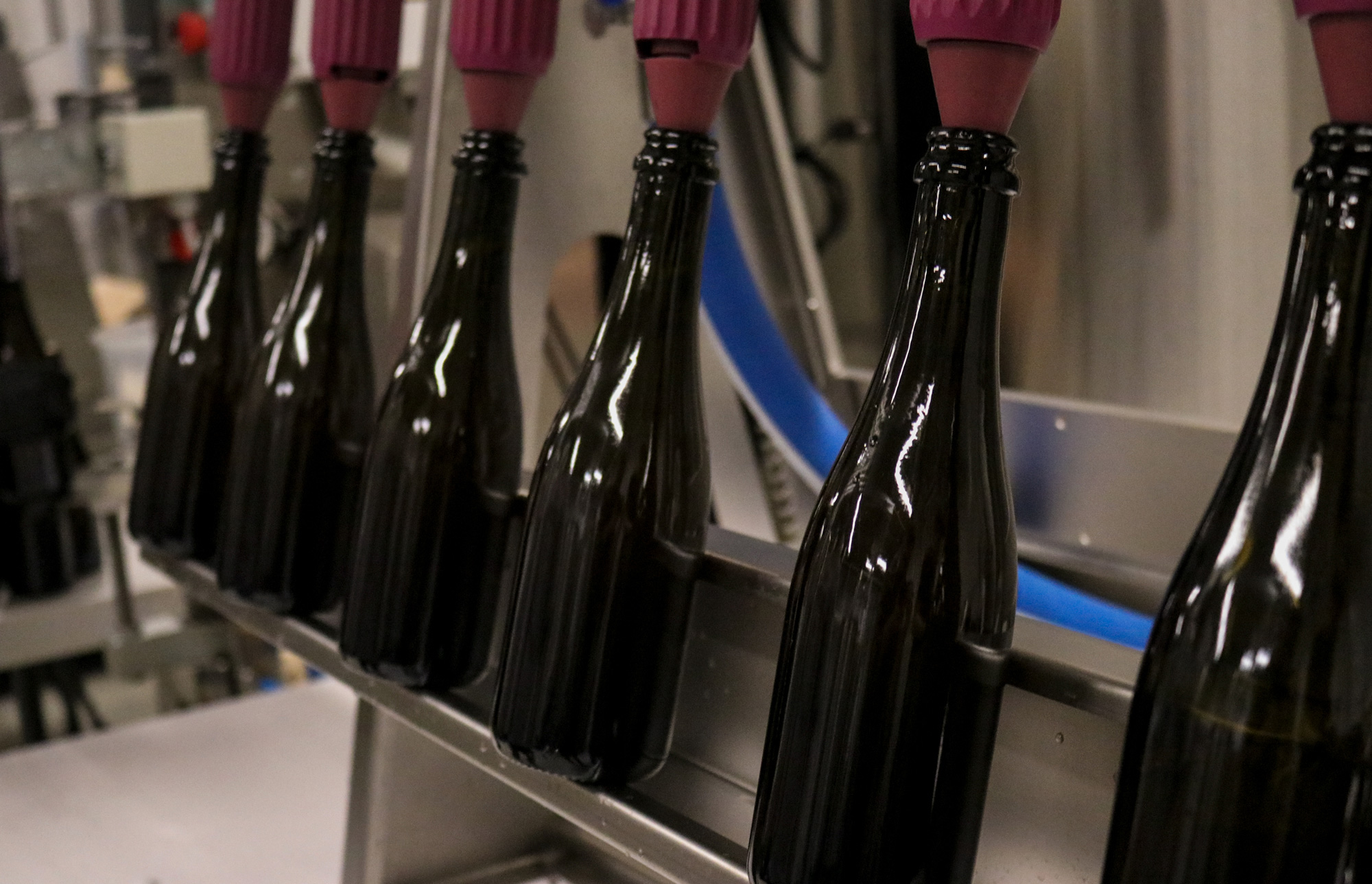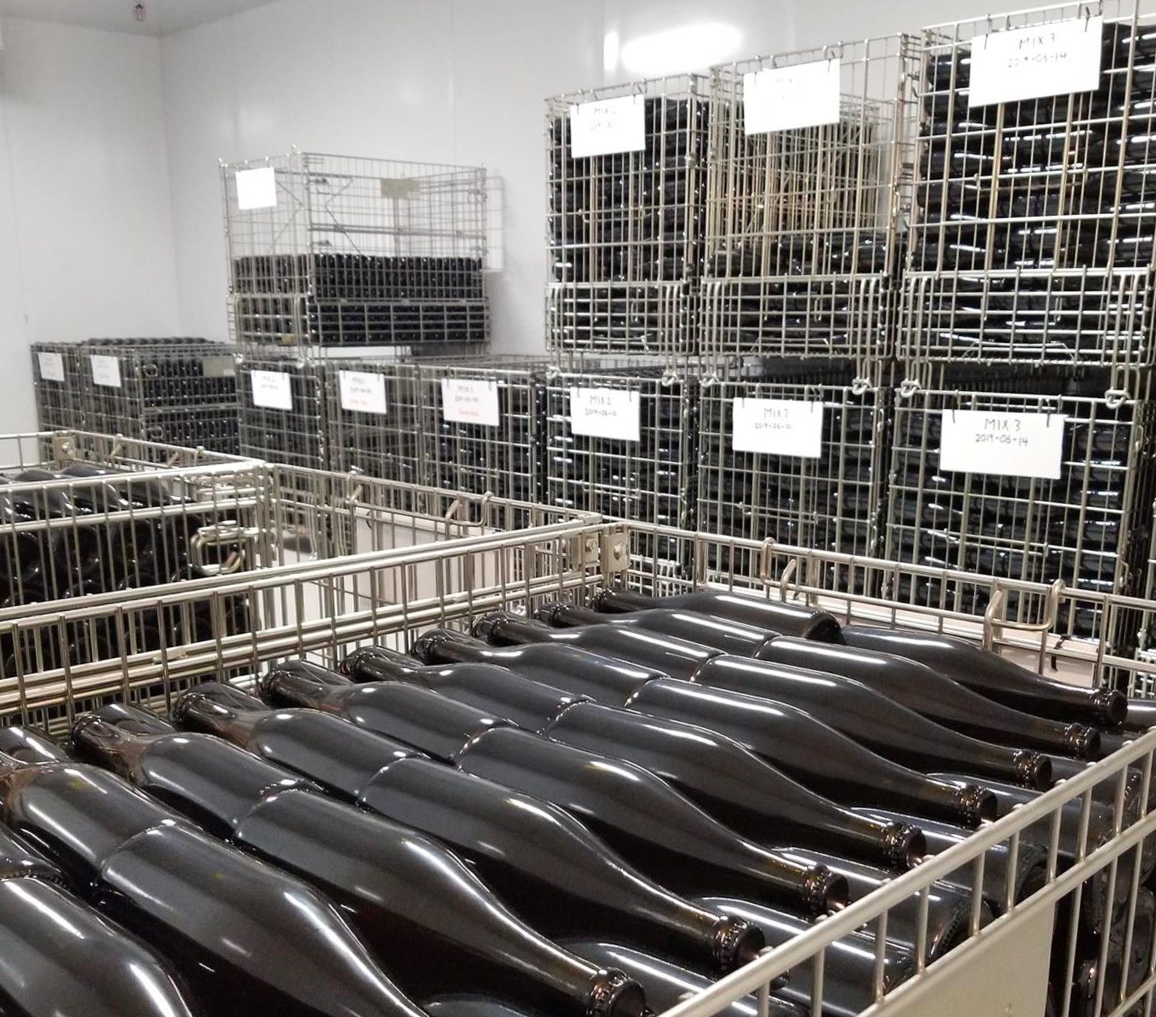Now that we’re entering our second calendar year of releasing barrel-aged and barrel-fermented beers it’s a good time to explain our method for the vintage (or year) dates on our bottles. Our bottled beers can be aged for many years so it makes sense to have a clear, sensible, and consistent way we label each beer for sale and future consumption. Like most things we have a process for this, and we think it’s important to share it with you.

The super-quick summary is that the dates published on the bottle are the year and exact date it was first put into the bottle. We establish consistency, particularly with our barrel-fermented beer which features a cork and crown-cap, by printing the year of packaging on the cork matching the year and date printed on the label. On our barrel-aged beers we use a type of crown-cap with a bidule, an insert that seals the crown-cap to better maintain carbonation when aging. Therefore we don’t have an option for a date inside the bottle as with the use of a cork. The labels of the barrel-aged beers do feature the date and year they were bottled.

The primary reason we want to communicate our method for establishing vintage dates for our beer is because we bottle condition and cellar all of our bottled beer and this process takes time. Bottle conditioning is a process by which carbonation is naturally generated within the bottle, and cellaring is the time the beer takes to clean up and age after the conditioning. For our barrel-aged beers this process can take as long as a few months, while our barrel-fermented beers can take much longer. For example, in our mixed-fermentation beers the process normally takes at least six months and our spontaneous beers will take even longer. Because of the time put into conditioning and cellaring, many of our batches will not be released in the year that is displayed on the bottles. We take this extra time because we want you (the consumer) to know that we feel that the bottle conditioning is complete, and that it has had the appropriate amount of time cellaring. You can be confident that each batch released is ready to drink as soon as you get it.
That’s the summary of our approach to bottle vintages. It’s an important topic for us (and you!) because unlike most beers, all of our bottled beer can be aged. We want you to be fully informed about what you’re buying and when it was made.


